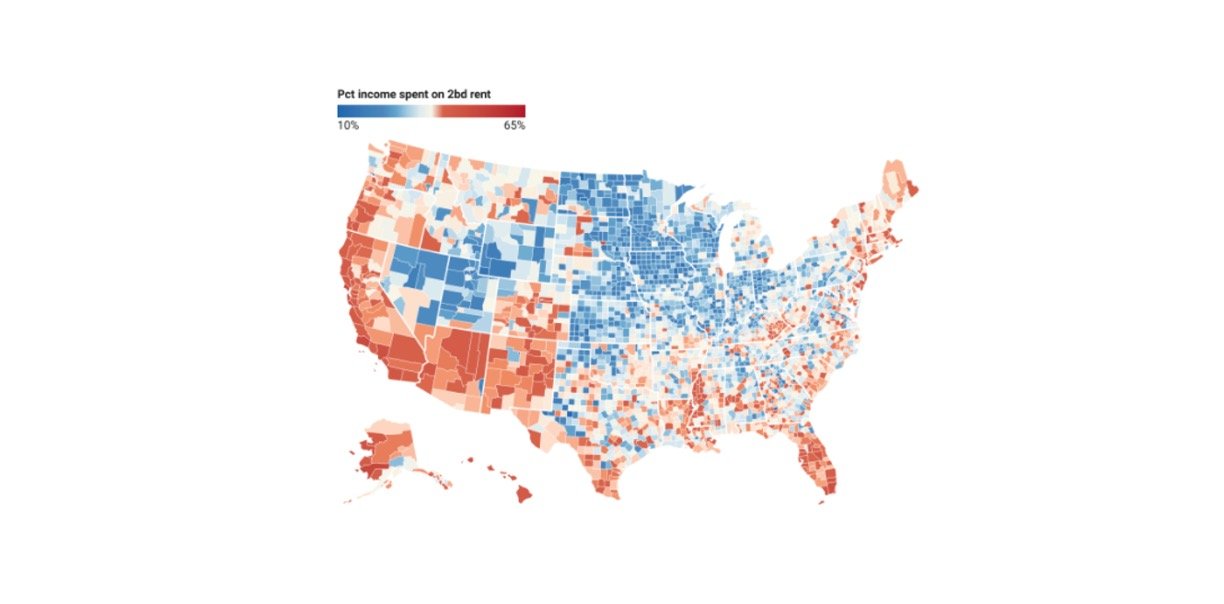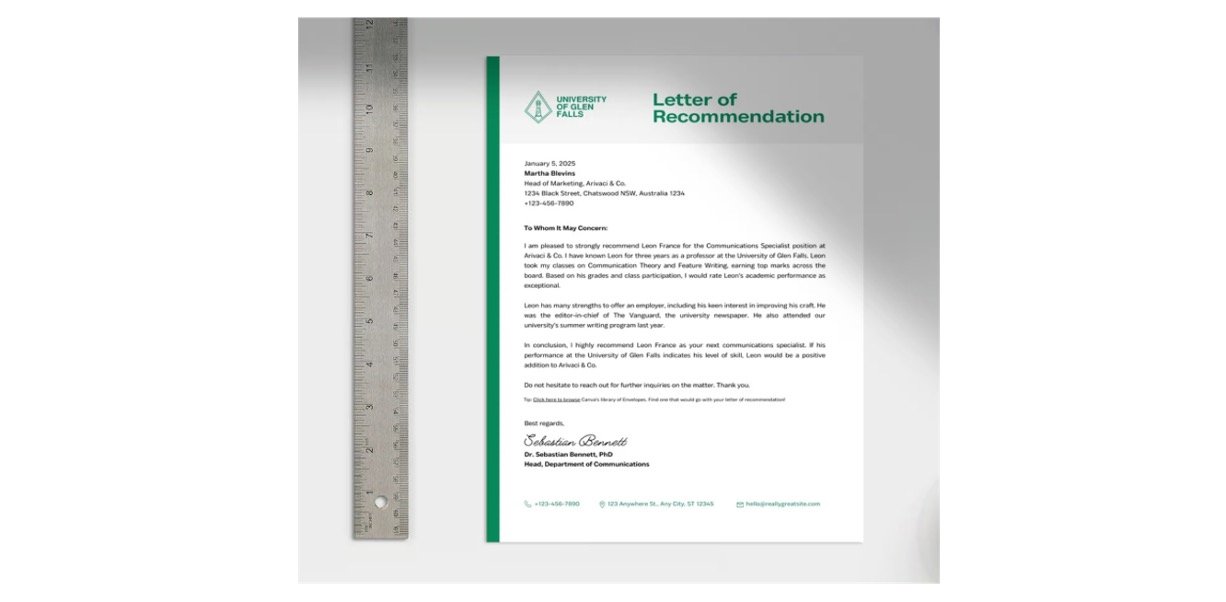Primary Consumers Definition
Any organism that eats or feeds on autotrophs is known as an autotroph. A food chain is a feeding hierarchy in which species in an ecosystem are classified into trophic (nutritional) levels and presented in a sequential order to depict the flow of food energy and their feeding connections. It is made up of several trophic levels.
A trophic level is a place or level in the food chain or ecological pyramid. It is inhabited by a collection of creatures that feed in a similar manner. There are three basic ways in which organisms get nutrition in a food chain.
Food is obtained from inorganic sources, organic stuff is fed, and dead organic materials or wastes are broken down.
Producers are those who are capable of acquiring food directly from inorganic sources (or autotrophs).
Consumers are those who feed on organic stuff (or heterotrophs).
Decomposers are organisms that break down dead organic material (or detritivores).
Consumers are creatures that feed on other organisms or organic materials to get nourishment. They lack the capacity to create their own food from non-organic sources, as farmers do.
Consumers in a food chain may be divided into three categories: main consumers, secondary consumers, and tertiary consumers.
Herbivores are the primary consumers. Producers are what they eat. Herbivores that eat green plants, for example, are termed main consumers.
Primary Consumers Citations
Share












